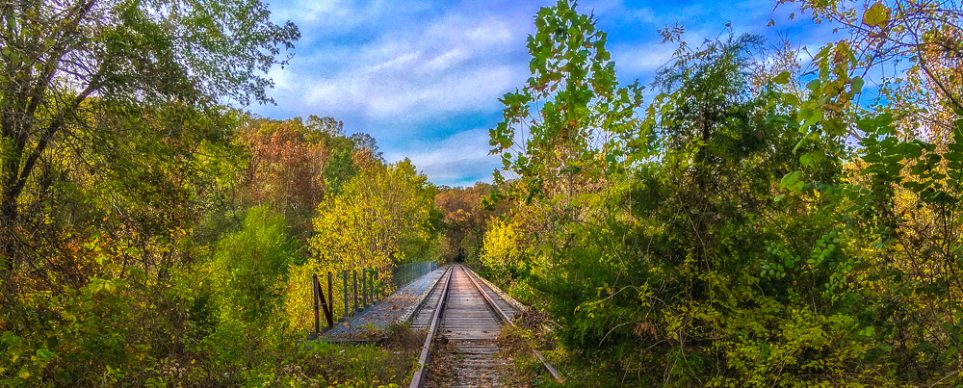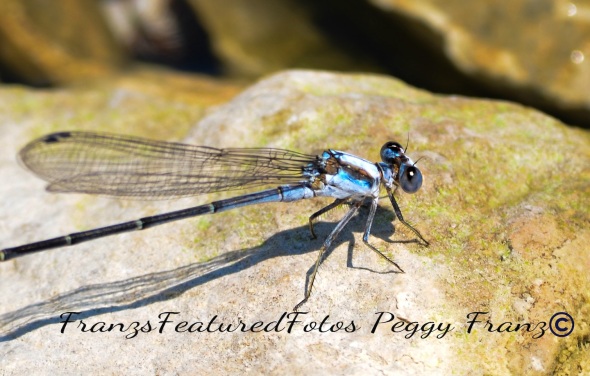Arboreal Orb Weavers
There are several species of Neoscona and Araneus orb weavers in Missouri, and some are quite difficult to distinguish, even by specialists. Often, one must note small details of their anatomy in order to “key them out” to determine the species.
Neoscona species have a slightly triangular-ovate abdomen with a pattern resembling an upside-down spruce tree. On each side of this midline may be black, brown and greenish-brown markings. The legs usually are gray with brown rings. The carapace may be gray with brown markings. Araneus species may be similarly marked and colored, though some are quite showy and less hairy.
Length: usually about 1/4 inch (not including the legs); males are smaller than females.
These rather large and often hairy spiders are common in open woods, brushy fields, in tall grassy areas, and around fenceposts and buildings. They are common on the eaves of houses and barns. They may build their webs wherever structures are present for support and where flying insects commonly pass through.
Flying insects such as moths and crane flies are the principal prey. Once caught in sticky strands of the web, they are bitten and trussed by the spider, which later eats them. Many orb weavers are nocturnal and have the peculiar habit of eating and rebuilding their webs each day. Webs are built at dusk and used for snaring prey during the night. At dawn, the spider reingests the strands (along with moisture that has collected on it as dew) and recycles the nutrients in making the next web.
The amazing web patterns have fascinated humans for millennia. E. B. White wrote his classic “Charlotte’s Web” about an Araneus spider. Orb weavers control populations of flying insects, many of which are pestiferous. Orb weavers don’t bite unless molested, and their bites are not dangerous, anyway.
These spiders control populations of flying insects. Although they may seem ferocious, outside their webs and hiding places these delicate creatures are quite vulnerable to predation themselves. Also, their egg sacs are relished by many species and, for example, provide winter food for many birds. For more information please check it out at http://mdc.mo.gov/discover-nature/field-guide/arboreal-orb-weavers#























